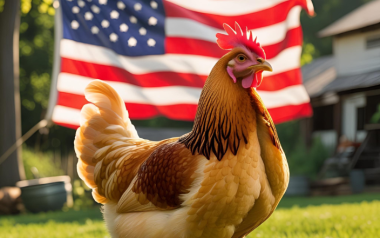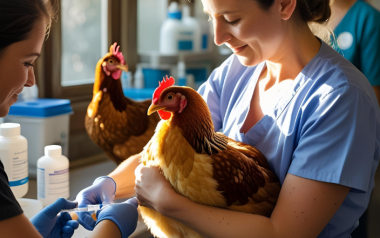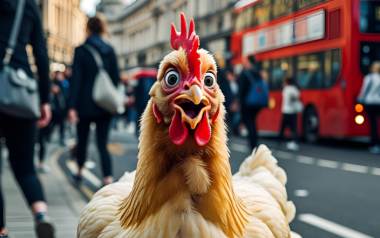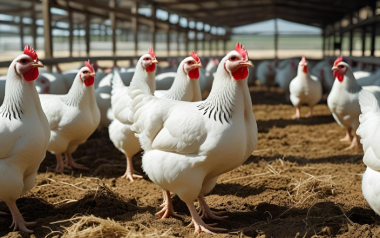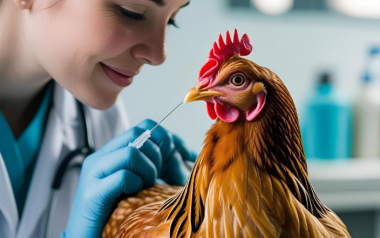Sources: Available upon request.
04 May 2024
H5N1 impacts U.S. poultry industry in April 2024
With 8.8 million birds affected, April was the month with the highest number of losses caused by H5N1 Avian Influenza in the United States so far this year, accumulating commercial and backyard outbreaks in four states.
Highly Pathogenic Avian Influenza A (H5N1), commonly known as bird flu, has been a significant concern for the poultry industry worldwide. In the United States, recent outbreaks have led to substantial losses in poultry populations. Let’s delve into the details of the situation.
With 8.8 million birds affected, April was the month with the highest number of losses caused by H5N1 Avian Influenza in the United States so far this year, accumulating commercial and backyard outbreaks in four states. So far this year, poultry losses total more than 11 million birds, with Michigan being the most affected state with a share of 6.6 million specimens, all of them of a productive nature.
Overview:
- Widespread in wild birds: H5N1 bird flu is prevalent among wild birds globally. These avian carriers play a crucial role in transmitting the virus to domestic poultry.
- Outbreaks in poultry: The U.S. poultry industry has faced outbreaks of H5N1 in both commercial and backyard flocks. These outbreaks have resulted in significant economic losses.
- Human case: In April 2024, a farm worker in the United States was infected with HPAI A (H5N1) virus. The exposure was attributed to presumptively infected dairy cattle. This case highlights the zoonotic potential of the virus.
- No human-to-human transmission: Fortunately, no confirmed cases of human-to-human transmission of H5N1 have been reported. Most human cases are associated with direct exposure to infected birds or poultry.
Risk Assessment:
- Low risk to public health: Despite the outbreaks, the overall risk to the U.S. general public remains low. HPAI A (H5N1) viruses do not easily bind to receptors in the human upper respiratory tract, reducing the likelihood of widespread human infections.
- Ongoing surveillance: Comprehensive surveillance of H5N1 viruses in wild birds, poultry, mammals, and humans is essential. Preparedness efforts are crucial to monitor and assess the public health risk.
CDC’s Efforts:
- Monitoring and preparedness: The Centers for Disease Control and Prevention (CDC) actively monitors clade 2.3.4.4b HPAI A (H5N1) viruses in wild birds, poultry, and other animals. They collaborate with state and local health partners to track potential exposures.
- Transmissibility concerns: CDC prepares for the possibility that contemporary H5N1 viruses may gain increased transmissibility among humans. Vigilance is necessary to prevent any potential pandemic.
The battle against avian influenza continues, with ongoing surveillance, preparedness efforts, and collaboration between health agencies and the poultry industry. As we navigate the challenges posed by H5N1, it is crucial to prioritize the health of both birds and humans. By staying informed and implementing preventive measures, we can mitigate the impact of avian influenza on our poultry industry and protect public health.
In summary, while the U.S. poultry industry faces challenges due to H5N1 outbreaks, the risk to human health remains low. Continued surveillance and preparedness efforts are vital to mitigate the impact of this avian influenza strain.








